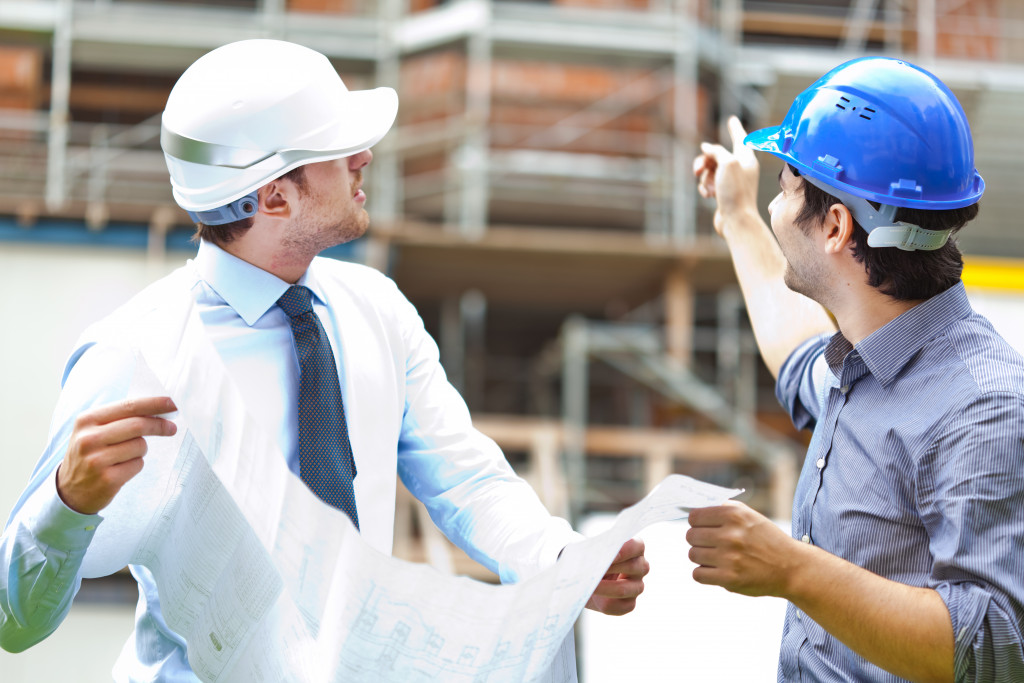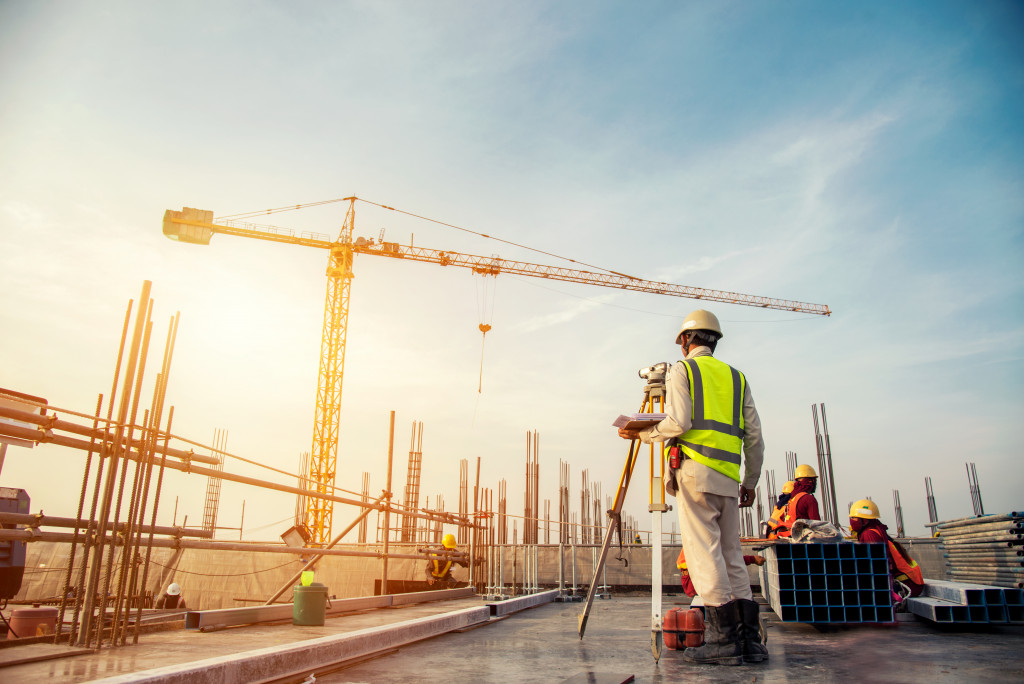• Prioritize safety regulations like fire safety, electrical safety, ventilation/temperature control, and chemical safety.
• Invest in quality materials such as steel beams, fireproof insulation, anti-slip flooring, and high-grade components.
• Optimize space planning with efficient layouts, mezzanine, and automated storage and retrieval systems.
• Utilize automation technology to reduce labor costs and increase productivity levels in your business.
Constructing a factory building is no small task. It requires careful planning, intricate design and construction processes, and compliance with numerous regulations. Whether you are constructing a new factory building or remodeling an existing one, there are several essential tips to keep in mind that will help ensure the success of your project. Many of these factors are important in constructing a factory building and any other type of commercial or industrial structure.
Take a closer look at some essential tips.
1. Prioritize Safety Regulations
The safety of your employees should be your number one priority when constructing a factory building. This means adhering to local safety regulations and implementing any additional measures necessary to protect workers from injury or illness while on the job.
Here are some considerations:
a. Fire safety
Ensuring that the building meets fire safety regulations is essential. This includes having adequate fire exits, appropriate fire-resistant materials, and effective smoke detectors and alarm systems. You should also consult with the local fire department to ensure that any additional requirements are met.
b. Electrical safety
Having wiring and electrical fixtures that meet the local requirements can help to prevent accidents and ensure a safe working environment. Working with a reputable industrial electrical construction company can help ensure that all necessary safety measures are in place and up-to-date. They can also guide you about any additional electrical safety features that may be beneficial.

c. Ventilation and temperature control
Depending on the factory type being constructed, it may be necessary to provide adequate ventilation and temperature control. Properly installed fans and air conditioning systems can help create a comfortable working environment and ensure the building meets all applicable safety regulations.
d. Chemical safety
When working with certain chemicals or materials, it is important to ensure they are stored safely and securely in an area away from the main factory building. Proper safety protocols should be in place to ensure that everyone is aware of the potential risks and how to handle any hazardous materials safely.
2. Choose Quality Materials
When it comes to constructing a factory building, quality is key. Investing in high-quality materials will ensure your structure is safe and reliable for years. Ensure that all materials used in the construction process meet industry standards for strength and durability; this includes steel beams for support structures, fireproof insulation for walls, and anti-slip paint or floor coverings for walkways.
Additionally, choose high-grade components such as wiring harnesses or industrial fans to reduce the risk of malfunctions down the line. If you are working with a contractor, be sure to ask about the quality of materials they use and whether they source them from trusted suppliers. This can help prevent costly mistakes and ensure a safe working environment.

3. Optimize Space Planning
When constructing or remodeling a factory building, you should also focus on optimizing space planning. You want to design efficient layouts that utilize space efficiently while still providing adequate room for storage and movement of goods throughout different areas of the facility.
For example, you may want to consider using mezzanines or other raised platforms to create additional storage space in an area that would otherwise be wasted. Additionally, you can use automated storage and retrieval systems to maximize the efficiency of your facility’s layout. Finding ways to make the most of your available space can significantly reduce costs and help to create a more efficient factory building.
4. Utilize Automation Technology
Finally, consider incorporating automation technology into your factory building design whenever possible—this can drastically reduce labor costs over time by automating many tasks usually completed by humans, such as packaging goods or moving items from one area of the facility to another site via conveyor belts or robotic arms/vehicles (AGVs). Automated solutions like these save money and increase productivity levels within factories overall by allowing operations to run more smoothly than ever before!
Constructing a successful factory building requires careful planning and consideration of numerous factors such as safety regulations, quality materials selection, efficient space planning, and automation technology. By following these tips and working with experienced professionals with expertise in constructing factory structures, you can ensure that your building project succeeds. With the right preparation, you can create a safe and efficient space to help your business operate successfully for many years.



